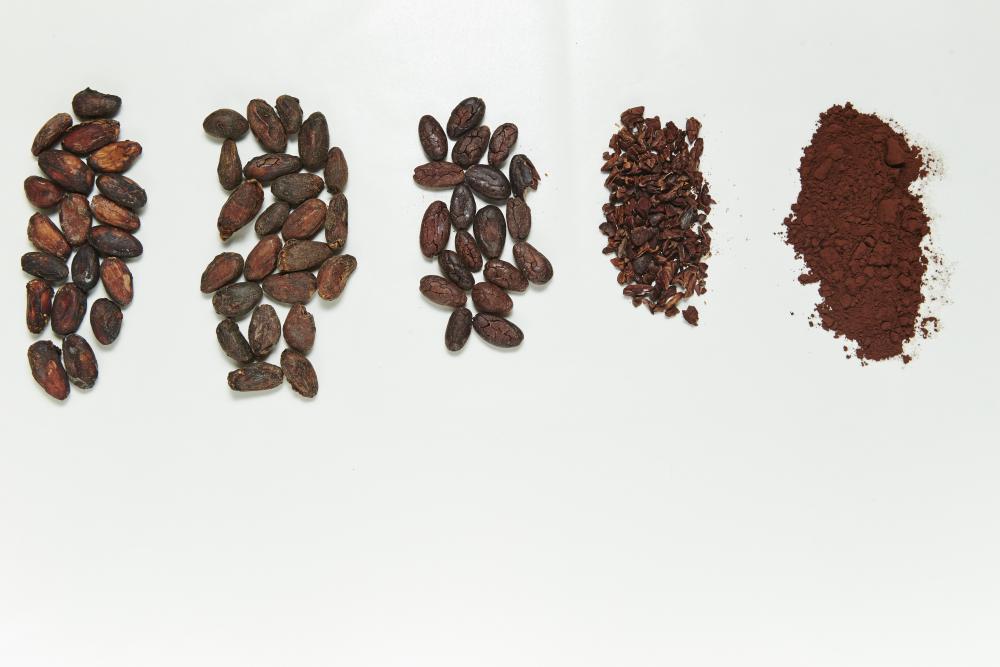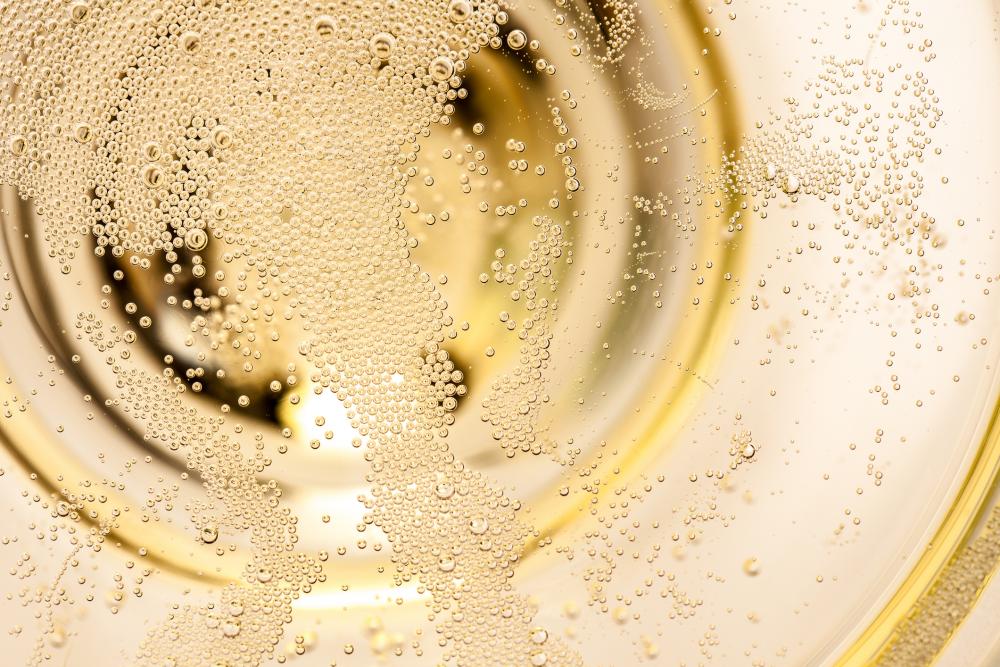3 min Read
For many Americans, Valentine’s Day is synonymous with rich, decadent chocolate. Consumers are expected to buy 58 million pounds of chocolate for their sweethearts in honor of the holiday this year. That tasty tradition, though, is threatened by both climate change and diseases that harm the cacao tree, which produces cocoa beans.
Today, scientists are using innovative plant breeding technology to keep those threats at bay — and enhance some other Valentine’s Day favorites. Here’s how:
1. Keeping a Tasty Treat Safe from Disease and Climate Change
Cacao trees don’t just provide the key ingredient for chocolate, they’re also the backbone of the multibillion-dollar chocolate industry. Thousands of people worldwide depend on cacao trees for their livelihood, but dangerous plant diseases could wipe those jobs — and your favorite sweet treat — out. Innovative breeding methods like gene editing could help stave off this crisis and keep cacao trees safe from pending threats.
"In West Africa, severe outbreaks of fungal diseases can destroy all cacao fruit on a single farm," Andrew Fister, a postdoctoral scholar in plant science at Pennsylvania State University said. "Because diseases are a persistent problem for cacao, improving disease resistance has been a priority for researchers. But development of disease-resistant varieties has been slowed by the need for sources of genetic resistance and the long generation time of cacao trees."
Fister and his colleagues at Penn State used gene editing, an innovative form of plant breeding, to develop a new variety of cacao that is resistant to certain diseases. With gene editing, scientists make tiny changes to a plant’s genetic code, such as activating a gene for disease resistance.
Scientists at the University of California, Berkeley are using the same method to help cacao trees withstand the effects of climate change.
2. Stronger, More Resilient Roses
Nearly a third of consumers buy flowers for Valentine’s Day, but pests, such as the greenfly, and diseases, including black spot, can make growing the ever-popular rose tricky. New knowledge of genetics could help researchers and plant breeders develop more resilient breeds of these sweet-smelling flowers, the Daily Mail reports.
In 2018, a group of French scientists sequenced the genome of the ‘Old Bush’ rose variety, which is a descendent of more than 35,000 of today’s varieties. With this understanding, scientists will be able to make precise changes to roses’ genomes, making them resistant to certain pests or diseases. Their research could lead to a even sweeter smelling rose.
3. Cheers to Climate-Resilient Champagne
Today, farmers harvest grapes for champagne two weeks earlier than they did 20 years ago because of climate change. That could change the effervescent taste consumers love.
“Now harvest often starts in August, as it will this year. But maturity during hot days and nights results in lower and lower acidity in the grapes, which means less freshness in the wines,” Antoine Malassagne, the co-owner of A.R. Lenoble, a champagne house, told Bloomberg.
The Comité Champagne (CIVC) trade association has teamed up with the French National Institute for Agricultural Research to develop new hybrid grape varieties, that will ripen more slowly — even in warmer conditions. The groups started with 4,000 seeds and will eventually select varieties that have the climate-tolerant genes and the same flavors and acidity as today’s champagne.
We’ll raise a glass to innovations that keep the grapes for champagne growing strong!



